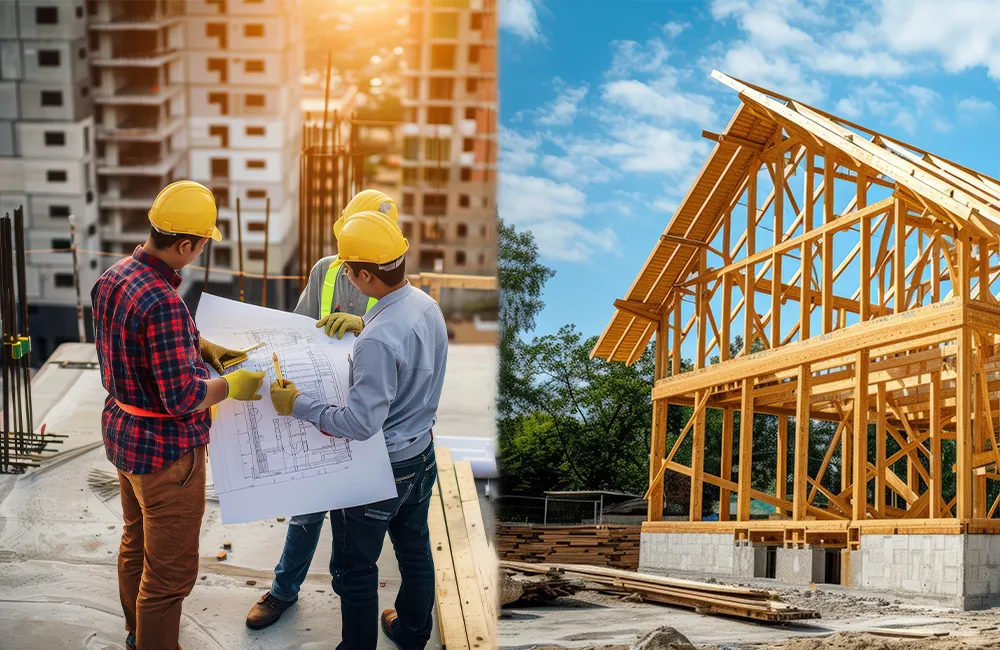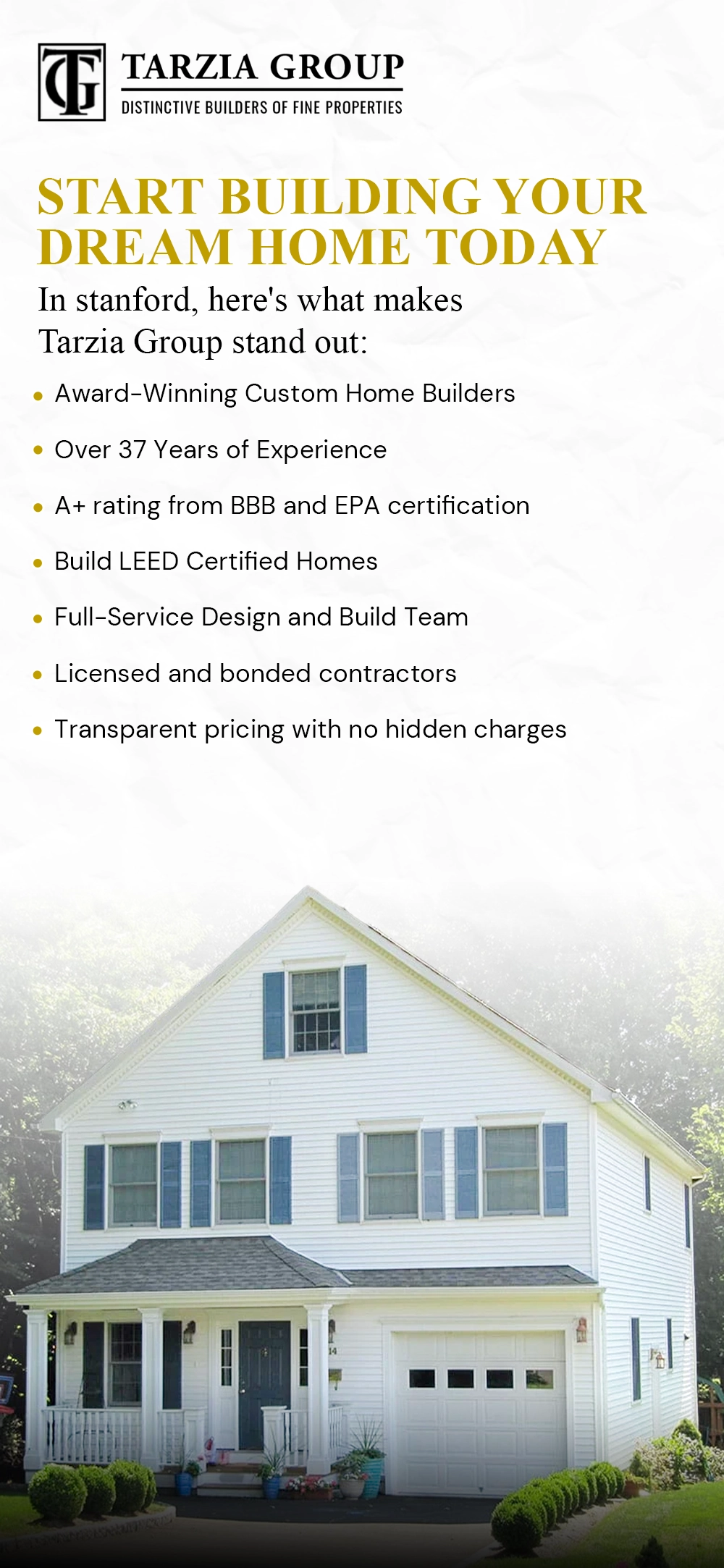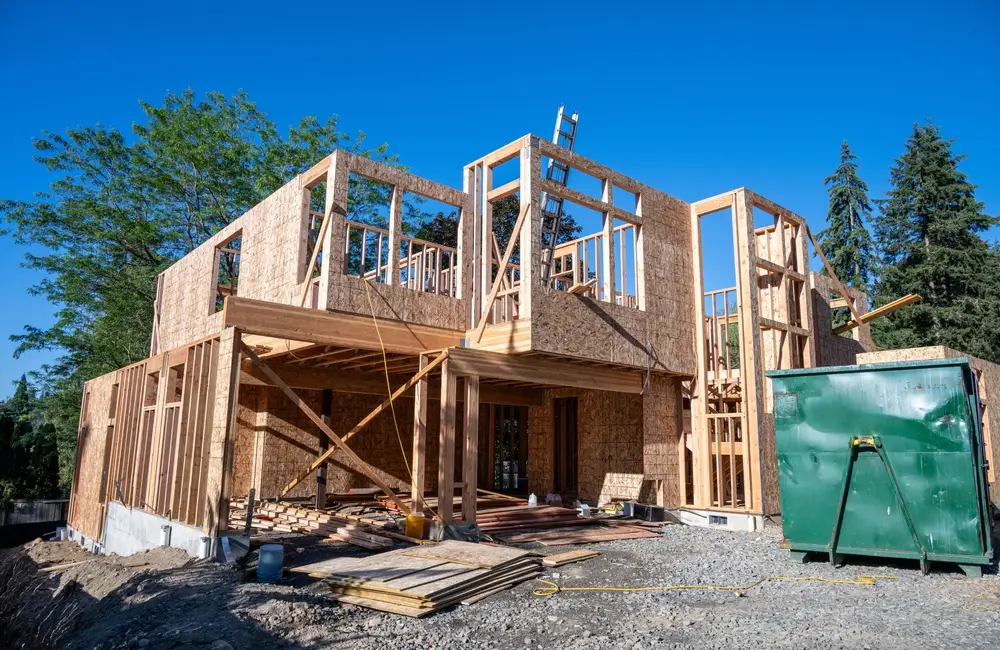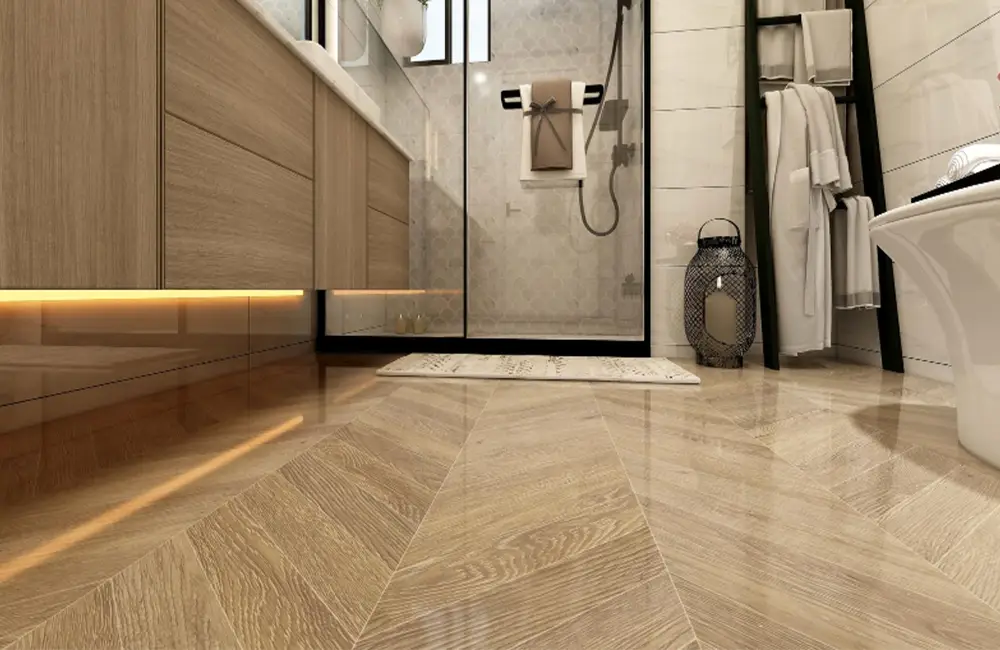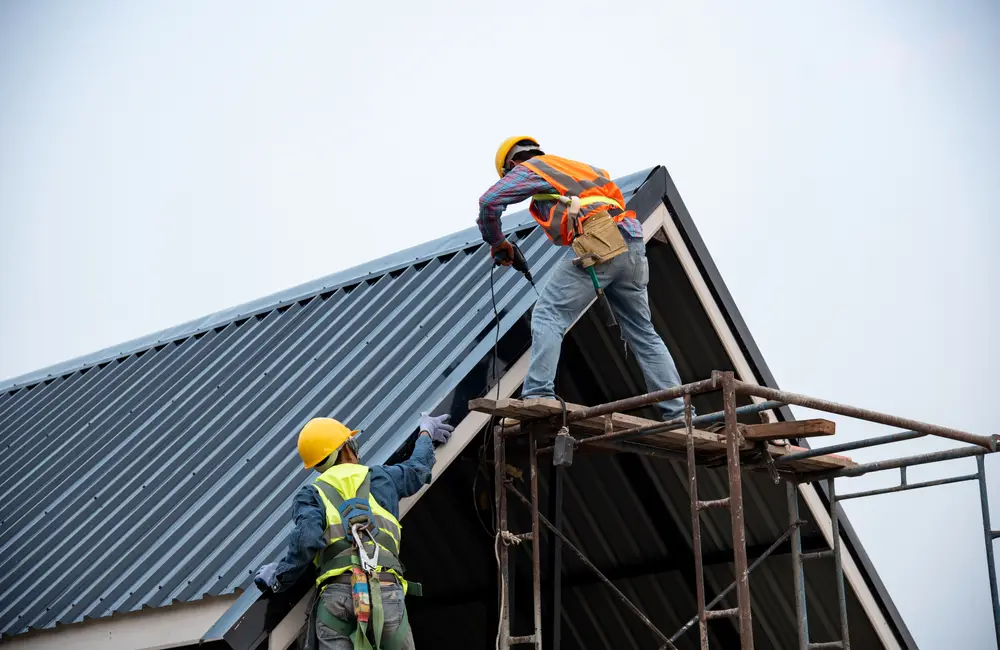Many people think residential vs commercial construction is the same; there’s no difference. Because apparently, both of them go through the same processes, like designing, building, and finishing.
But let us clear this misconception, as they do have a lot of differences from beginning to end. If we certainly talk about it, there are differences in legalities, sizes, budgets, and safety codes.
Whether you are a business owner willing to construct an ideal office or a homeowner dreaming of building a home, there are differences that you need to pay attention to. Don’t look further, here’s a clear list of the main contrasts.
Top 6 Differences Between Residential and Commercial Construction
1. The Main Objective
The main thing that creates the highest difference is why you have to construct it. Let’s explore the basic aims behind both:
- Residential construction is the construction of the spaces in which people live, such as houses, condos, and apartments. In this, comfort, style, and customization are very important aspects.
- Commercial places are pretty much different from residential ones, as they’re just built to serve the purposes of business or public use. For instance, shopping centers, hospitals, educational institutes, and commercial units come under this category. Here, safety, efficiency, and functionality are the keys.
2. How Big Can They Be?
It’s easy to guess that residential sites are smaller than the commercial properties:
- Residential properties have simple layouts and are also smaller. They generally don’t need advanced facilities like fire extinguishers, CCTV cameras, and continuous human monitoring.
- On the other hand, commercial ones are opposite, having complex layouts, multi-stories, and professional engineering work. For instance, a shopping mall should have elevators, escalators, and also HVAC systems, with essential fire safety solutions.
3. Both Have Separate Regulations
It might be on the third number, but this is a very important difference that separates the two categories:
- Residential properties follow the codes, complying with safety, plumbing, electric work, and energy efficiency standards.
- However, the commercial ones come under a bit of a strict regulatory side, because these buildings handle more foot traffic and business operations. That is why they are in accordance with fire safety laws, disability access, emergency exits, and structural standards.
4. Selection of Materials and Equipment
The next thing that matters a lot in the differentiation of both types is the choice of materials:
- Residential sites go for the use of wood, drywalls, bricks, and simple lightweight roofing materials, which cost less and are easy to handle.
- However, commercial sites stand totally on the opposite side, with a focus on using steel, concrete, glass, and high-quality advanced roofing systems to maintain the safety and durability standards.
If we talk about the usage of machines:
Residential projects require simple construction tools, while commercial buildings utilize heavy-duty machinery like cranes, scaffolding, heavy rollers, and pulleys.
5. Cost and Timeline
Both of these are crucial factors to understand the differences between them:
- Talking about the price, residential properties are less costly and are completed in a shorter duration. Generally, they get finished within a timeframe of 6 to 18 months, depending on the size.
- Commercial sites have larger structures and therefore cost more. There’s also an involvement of stakeholders and multiple contractors to complete the project with detailed planning.
6. Level of Skill to Build
Now we come to the last one, and it’s how much team involvement is needed for both types of construction:
- As we have highlighted earlier regarding residential project size and costs, now it’s easy to take a guess that they need less manpower, including a few contractors, plumbers, electricians, and carpenters.
- On the contrary, commercial sites do need big teams in numbers and experience, including architectural, engineering, safety, and project management crews. They’ll be taking care of the complex technical systems like HVACs, elevators, and the high-level electrical network.
Residential vs. Commercial Construction – Key Differences
| Aspect | Residential Construction | Commercial Construction |
| Main Purpose | Living spaces (houses, condos, apartments). Comfort & style. | Business/public use (offices, malls, hospitals, schools). Safety & efficiency. |
| Size & Layout | Smaller, simple layouts. Basic facilities. | Larger, complex layouts. Multi-stories & advanced systems. |
| Regulations | Standard codes (safety, plumbing, electrical, energy). | Stricter codes (fire safety, ADA access, emergency exits). |
| Materials Used | Wood, drywall, bricks, and light roofing. | Steel, concrete, glass, and advanced roofing systems. |
| Equipment Needed | Simple tools (basic machinery). | Heavy-duty machinery (cranes, scaffolding, rollers). |
| Cost & Timeline | Lower cost, 6–18 months. | Higher cost, longer timelines with multiple stakeholders. |
| Skill Level | Fewer workers: plumbers, electricians, carpenters. | Larger teams: architects, engineers, project managers. |
Final thoughts
We are sure that you won’t think that residential vs commercial construction is on the same level. As we have elaborated on 6 big differences to name.
From the key purpose to the skill set these sites need, it’s important to understand these differences in detail. The residential projects prioritize comfort, style, and peace, while commercial projects focus on safety, technology, and functionality.
If you’re searching for a trusted construction company, Tarzia Group is here to handle all your construction needs. Whether you need residential or commercial construction, our professional team can design and build it all. Reach out to our professionals for further information! Also, learn how to choose the right contractor for commercial construction.
Frequently Asked Questions
What is the difference between commercial and residential wiring?
The biggest and notable difference between commercial and residential wiring is that the former needs a three-phase power supply. While residential sites only utilize a single-phase power supply.
What type of commercial properties are most profitable?
Here are a couple of commercial properties that can be profitable in the long run:
- Office complexes
- Retail units
- Shopping malls
What’s a good return on investment for a common commercial property?
A good return on investment (ROI) on a commercial property ranges from 6% to 12% depending upon the condition, location, and market cap.

